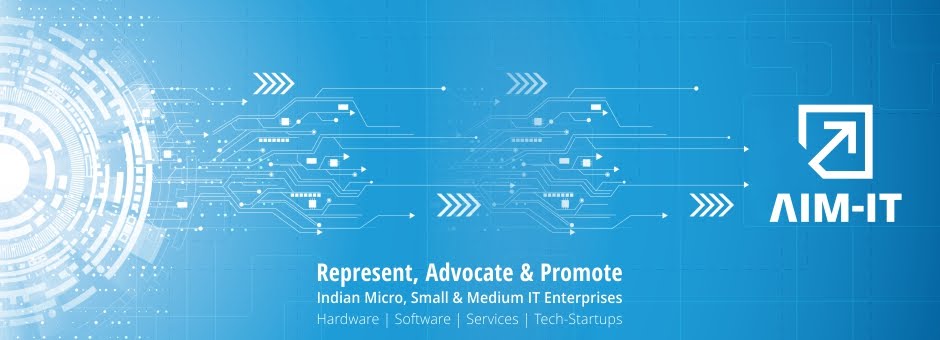Information Technology (IT) is the
vital part of the world order and economy as it eases the lives by bringing
automation in many vectors. With the boom, we have started seeing the effects
of a new breed of computer artists taking a prominent place in the scene – a. hackers: any highly skilled computer
expert capable of breaking into computer systems and networks using bugs and
exploits, for resource benefits; b. computer
scientists: any personal with significant formal education on the subject
and actively working in the academia in building better architecture by looking
at the tools we're currently using, how they work now and how they can work in
the future.
Our economic vitality, national
security and daily life depend on a stable, safe, and irrepressible cyberspace.
Cyberspace and its core infrastructure are vulnerable to a wide range of risk
stemming from both physical hazards as well as digital misadventures.
Sophisticated cyber actors and nation-states exploit vulnerabilities to steal
information and money and are developing capabilities to disrupt, destroy, or
threaten the delivery of essential services in less developed nations.
In multiple instances, the Russians were
blamed for influencing the US Presidential elections. Clinton on
recorded has blamed Russian intelligence. When sovereign
states like China implements data sovereignty laws, global industry groups are
voicing opposition seeing a shrinking market size and nation-states get panicky
on losing leverage over the information flow.
While writing, our team conducted a
research on the trends and prospectus of information security in India and has
come out with a SWOT analysis report. Following are our findings –
STRENGTHS
Various ministries in India have
implemented swadeshi technologies or have their concept note prepared. Few of
these initiatives include – ICT implementation by the Ministry of Road
Transport and Highways (INAMPRO, FastLane, ePace, INFRACON, etc.) – which also
happens to be sourced from a forerunning apolitical campaign named
#ITForParivahan – citizen centric crowd sourcing of ideas to improve
transportation led by Mr. Vinit Goenka, (Chairman AIM-IT), Ministry of Home
Affairs (CCTNS, CIPA, etc), Ministry of External Affairs (passport services and
immigration services, etc.), Ministry of Shipping to implement suggestion of
the IT Task Force Report released in November 2016. Ministry of Electronics and
Information Technology has its indigenous cloud solution ‘MEGHRAJ’ for all government offices. Government is also
implementing gov.in; ias.in, and nic.in email addresses to give the government machinery a corporate
feel. But, does implementing projects mean that the ball is in favourable
court? No.
WEAKNESS
With the arrival of such
technologist work style, data integration in various departments and data
security is a huge concern. Many departments have reported data alteration,
data loss and data theft from the network – which is a grave threat to national
security.
Securing defense, federal and state
networks are vital with all the possible tools available – more the swadeshi
element, better it is as the response can be quick and data flow could be
restricted and monitored as needed.
OPPORTUNITIES
Reading about the strengths and
weakness, we are sure you would want to know the opportunities in the
information security industry in coming days.
A. Securing networks – units need to work with federal civilian
department and agency to effectively respond to ever-changing threats against
their networks.
B. Protecting critical infrastructure – data security agents (physical
and digital, alike). By digital, we refer to white hat hackers and physical
agents need to train well to dispose hard drives after erasing data
irrecoverably.
C. Cyber incident response – private agencies will need support
CERT-In to provide assistance to potentially impacted entities, analyzes the
potential impact across critical infrastructure, investigate those responsible
in conjunction with law enforcement partners, and coordinates the national
response to significant cyber incidents.
D. Information security insurance – protects businesses and
individuals from Internet-based risks and from risks relating to information
technology infrastructure and activities; and provides financial assistance to
encourage activities in the space. Information sharing is essential to the
protection of critical infrastructure and to furthering cyber-security for the
nation.
THREATS
Threats
to information security are from both outside and within the defense. ATM
breach that had made chaos at many levels in September 2016 was because of
irresponsible attitude in maintaining and monitoring the banking network and
relying on inputs from large organizations. Also, hacking of multiple embassy
websites that release details of Indian citizens living in those states was
because of poorly coded websites with SQL vulnerabilities. Education in this
space is inevitable so is proper logical product development in this space.
